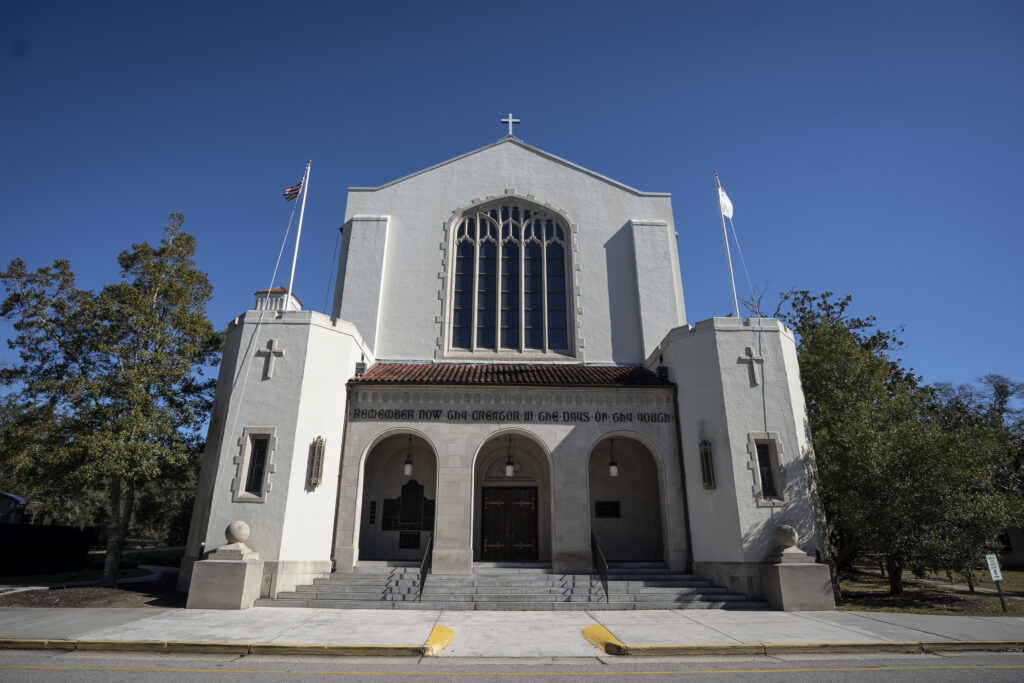Ensuring the Future of Summerall Chapel
Summerall Chapel has held a special place in the life of the Corps of Cadets since its dedication in 1936 and first service in September of 1937. After General Summerall’s retirement as president of the Citadel in June of 1953, the name was officially changed to the General Pelot Summerall Chapel.
Our mission is to ensure that Summerall Chapel remains a vibrant part of our Citadel community for generations to come. To achieve this, several essential restoration projects are needed to repair, restore, and revitalize the chapel.
Planned Restoration Projects:
- Chaplain’s Endowment to fund Chaplain Staff
- AV System Upgrade
- Stained Glass Window Restoration
- Installation of ADA Accessible Bathrooms and Office Renovation
- Refurbishment for a Cadet Hospitality Area
- Granite Restoration and Replacement
- And so much more

These projects and the mission of Summerall Chapel rely on Citadel Alumni and community members offering meaningful support and donations. To support these and other projects, please make a secure donation through The Citadel Foundation.
